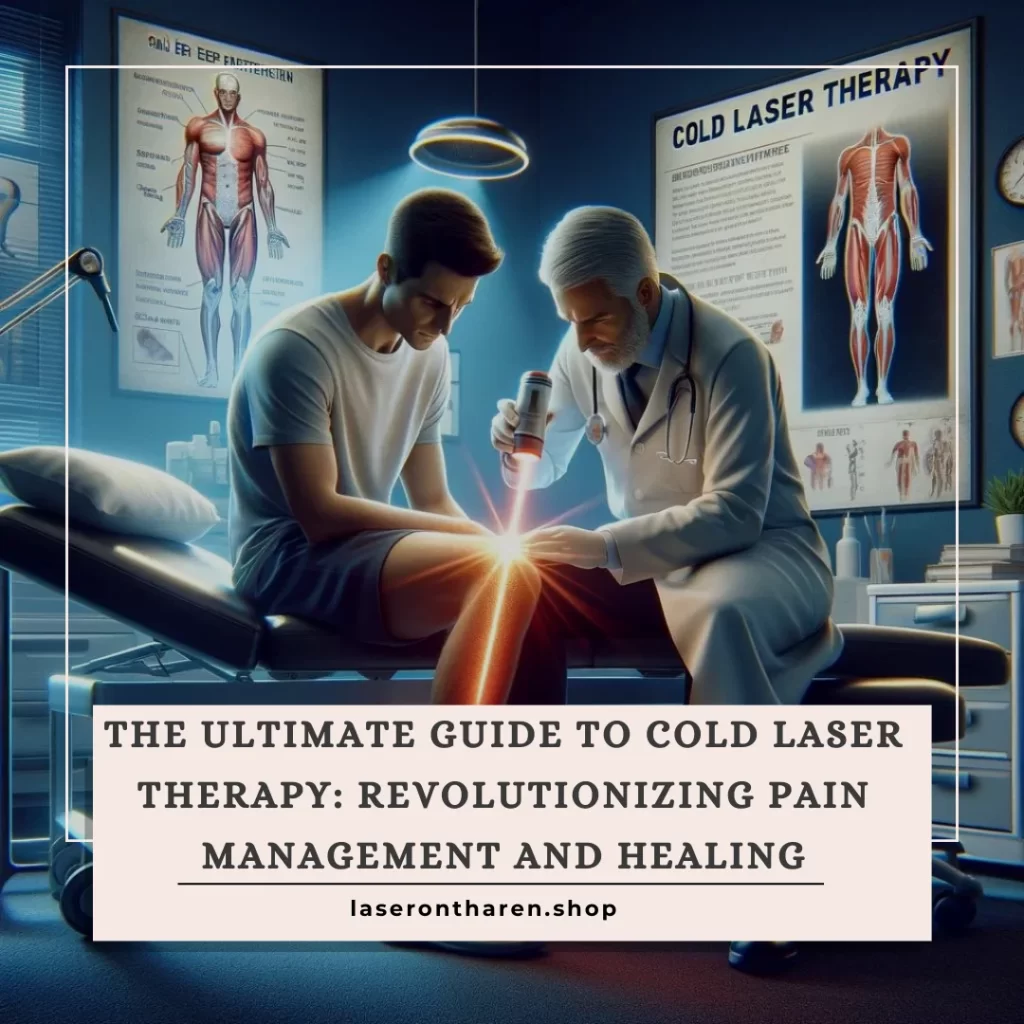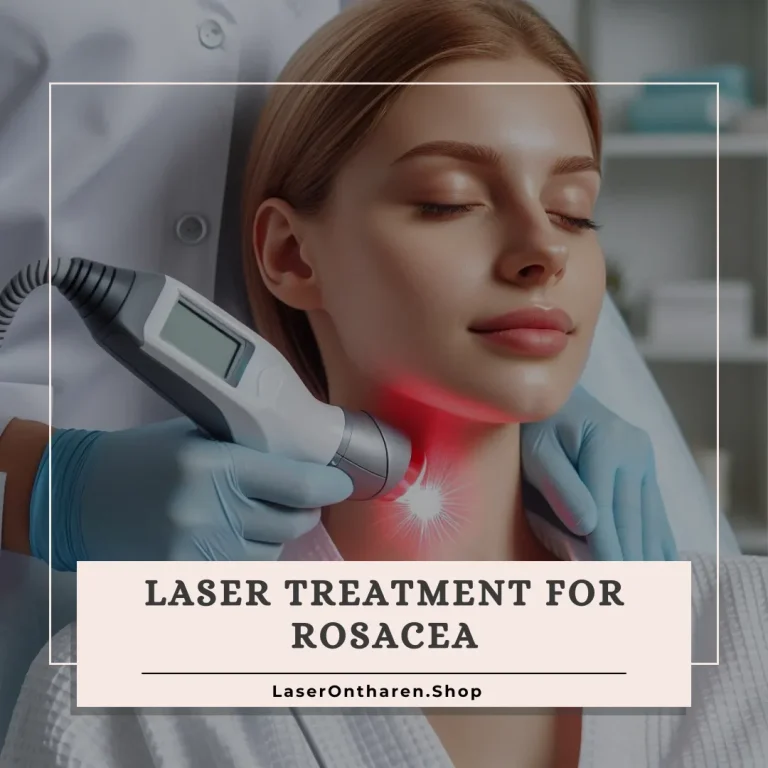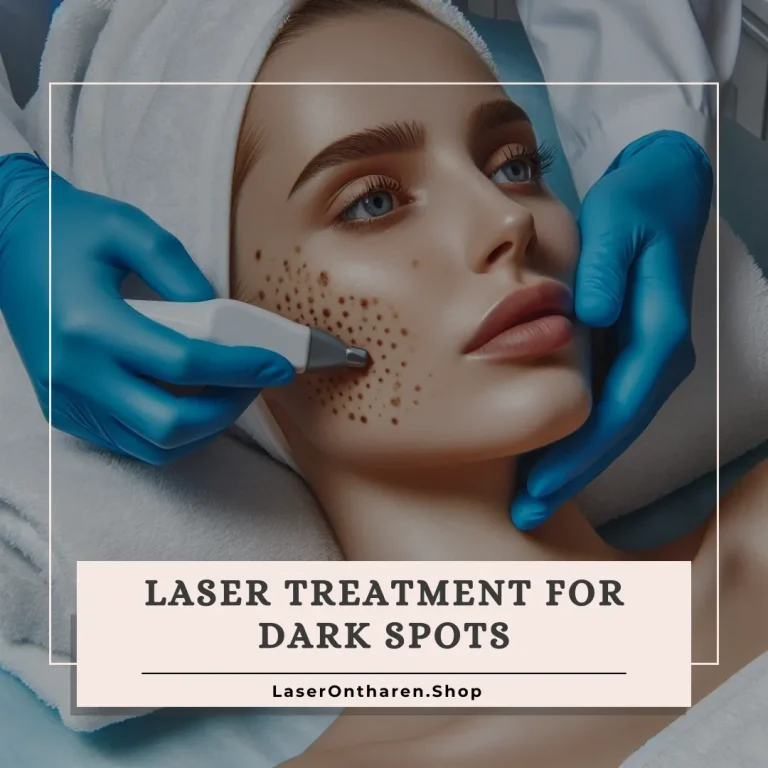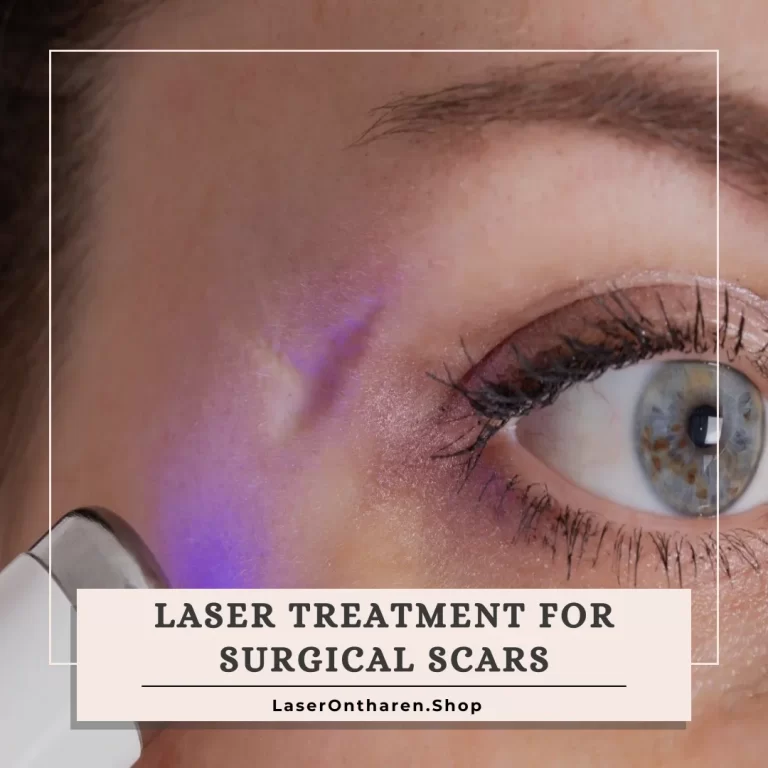Cold Laser Therapy, also known as Low-Level Laser Therapy (LLLT), represents a significant leap forward in medical treatments for a myriad of conditions, offering a non-invasive, painless, and drug-free alternative to traditional therapeutic methods.
With its roots stretching back over decades, cold laser therapy has garnered widespread attention for its efficacy in treating conditions ranging from chronic pain to inflammation, and even aiding in wound healing.
This guide delves into the intricacies of cold laser therapy, providing you with the latest advancements, benefits, and considerations to help you understand why it’s considered a game-changer in therapeutic care.
What is Cold Laser Therapy?
At its core, cold laser therapy uses specific wavelengths of light to interact with tissue, promoting healing and reducing pain and inflammation without the need for surgical intervention.
Unlike surgical or aesthetic lasers, it does not cause your tissues to heat up, hence the term “cold” laser.
This therapy is known for its ability to penetrate the skin without causing damage, targeting deep tissues with precision to stimulate natural healing processes.
How Does Cold Laser Therapy Work?
The science behind cold laser therapy lies in its ability to enhance cellular function.
The therapy works by emitting photons, or units of light, which are absorbed by the mitochondria within cells—the powerhouse of the cell.
This absorption process is believed to stimulate the production of adenosine triphosphate (ATP), enhancing cell metabolism and promoting the repair and regeneration of damaged cells.
The result? Accelerated healing, reduced inflammation, and mitigation of pain.
The Mechanism of Action:
- Enhanced Cellular Energy: By increasing ATP production, cold laser therapy provides cells with more energy, facilitating faster repair and regeneration.
- Improved Circulation: The therapy is believed to improve circulation to treated tissues, enhancing the delivery of oxygen and nutrients while removing waste products.
- Inhibition of Inflammatory Mediators: It may directly interact with tissues to reduce the release of inflammatory mediators, thus reducing swelling and pain.
Benefits of Cold Laser Therapy
Cold laser therapy offers a plethora of benefits, making it a versatile tool in the management of various conditions:
- Non-Invasive: Unlike surgical procedures, cold laser therapy does not require incisions, making it a safer option with no recovery time.
- Pain-Free: Most patients experience no discomfort during the treatment, which is a significant advantage for those seeking pain relief without the fear of painful procedures.
- No Known Side Effects: Cold laser therapy is celebrated for its safety profile, with minimal to no reported side effects.
- Broad Application: It’s effectively used to treat a variety of conditions, including arthritis, tendonitis, back pain, carpal tunnel syndrome, and fibromyalgia, among others.
- Accelerates Healing: Studies suggest that cold laser therapy can speed up the healing process, promoting faster recovery from injuries.
- Reduces Inflammation and Pain: By decreasing inflammation and enhancing blood flow, it provides significant pain relief and reduction in swelling.
- Improves Joint and Muscle Health: Particularly beneficial for conditions like osteoarthritis, it can lead to long-lasting pain relief and improved functionality.
Future Prospects:
Research is ongoing to explore cold laser therapy’s potential in treating traumatic brain injuries, spinal cord injuries, Alzheimer’s disease, and Parkinson’s disease, showcasing its promise for a wide range of medical applications.
Who Can Benefit from Cold Laser Therapy?
While cold laser therapy is widely applicable, it’s particularly suited for individuals seeking non-invasive treatment options for pain management, wound healing, and inflammatory conditions.
It is FDA-approved for various conditions, signaling its safety and efficacy.
It’s an excellent choice for those with mild to moderate symptoms, offering a complementary approach to traditional therapies.
However, it’s crucial for patients with certain conditions, such as cancer, to consult with their healthcare provider before opting for light therapy treatments.
Considerations and Limitations
Despite its numerous benefits, it’s important to note that cold laser therapy may not be a one-size-fits-all solution.
The effectiveness can vary depending on the individual’s condition and the severity of symptoms.
Also;
While cold laser therapy sessions are brief, the total duration before noticeable results may extend to a month, requiring multiple treatments per week.
It’s also worth noting that insurance coverage may vary.
For home use, it’s essential to ensure the device’s output matches its claims, as the market includes both effective lasers and less potent light-emitting diodes (LEDs) with exaggerated benefits.
Conclusion
Cold laser therapy stands out as a promising, versatile treatment option for a wide range of conditions, thanks to its non-invasive nature and the absence of side effects.
As research continues to evolve, it’s poised to play an increasingly significant role in pain management and rehabilitation fields.
Whether you’re dealing with chronic pain, recovering from an injury, or seeking alternative treatments for inflammation, cold laser therapy could offer the relief and healing you’ve been searching for.
This comprehensive guide aims to shed light on the transformative potential of cold laser therapy, empowering you with the knowledge to explore this innovative treatment option as part of your healthcare regimen.
As with any medical treatment, it’s essential to consult with healthcare professionals to determine if cold laser therapy is the right choice for your specific needs.




